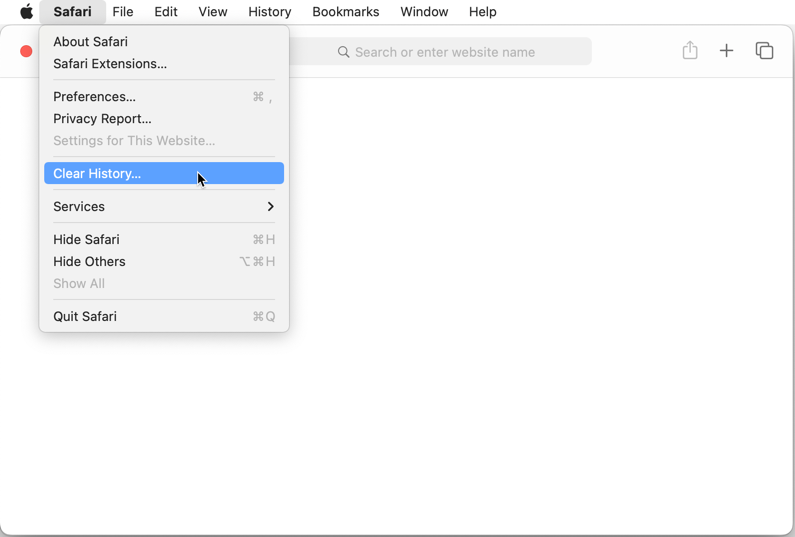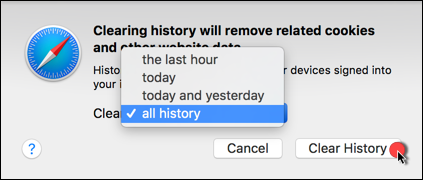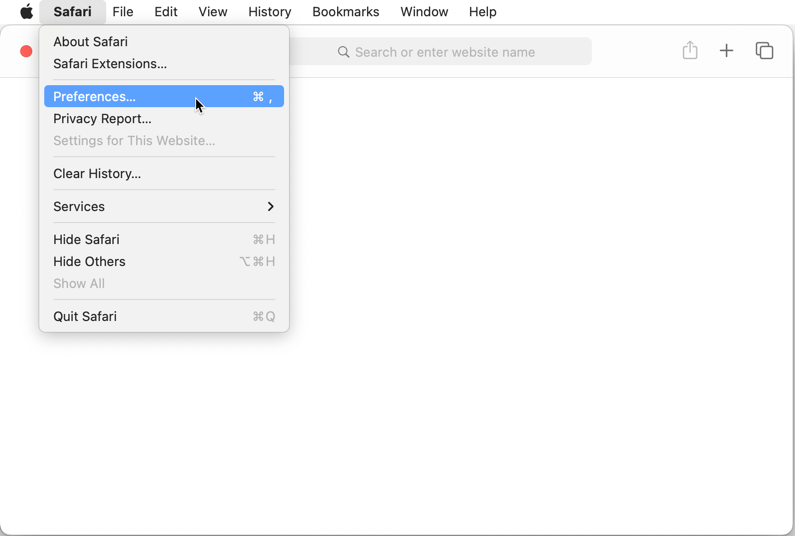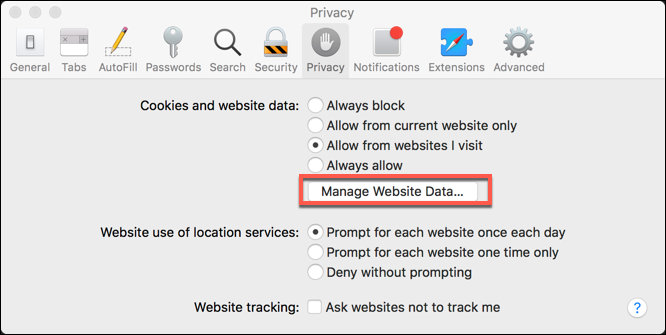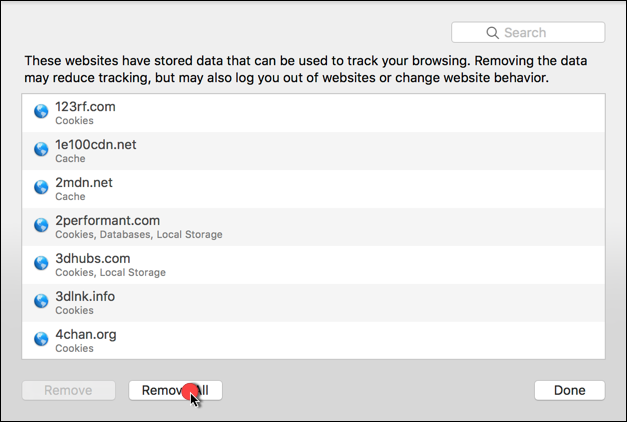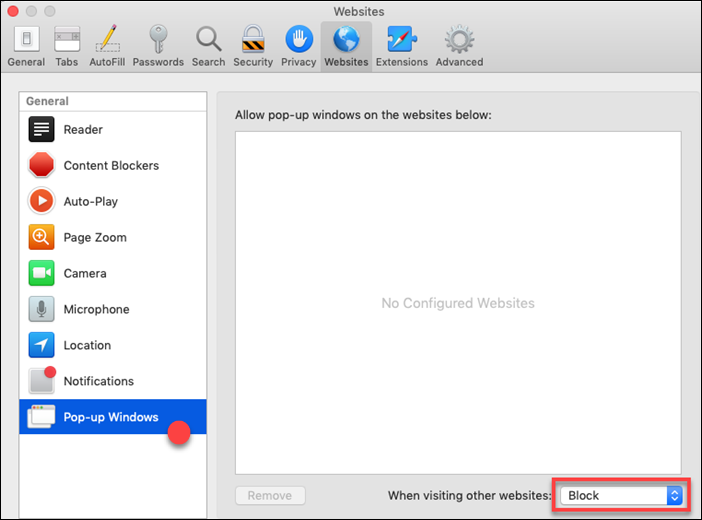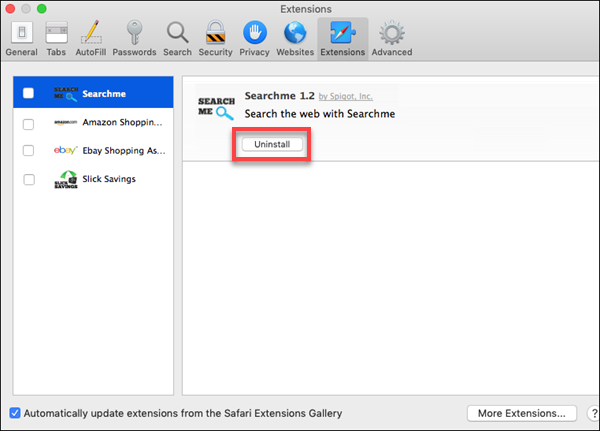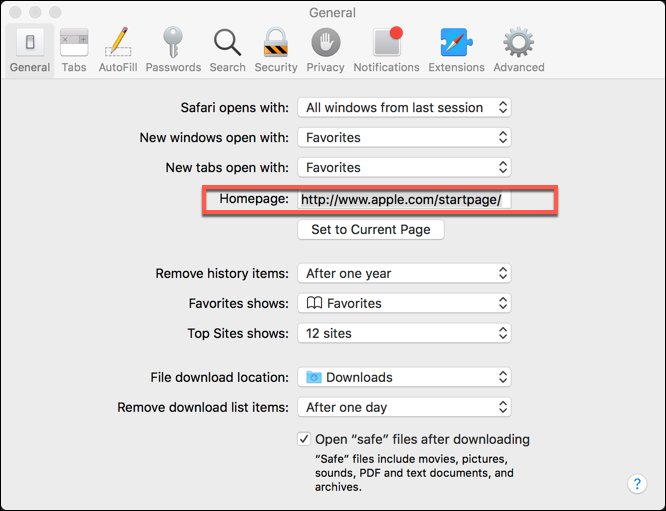If you are noticing issues with Safari on your Mac, you might need to clear cache and cookies or reset this web browser to its default settings. In addition to fixing many page display problems and errors, resetting your web browser to its default settings may also help remove adware that manifests through annoying browser ads, intrusive pop-ups, browser redirects toolbars, or extensions installed without your knowledge.
Resetting your web browser will remove all of your customizations such as history, your home page, cookies. Your bookmarks and passwords will not be deleted.
The steps outlined below will reset Safari by clearing cached data, extensions, cookies, and browsing history:
1. First, hold down the Shift ⇧ key on your keyboard and then click on the Safari icon pinned to the Dock.
2. Next, click on Safari in the top menu bar, and select the Clear History option in the drop-down menu.
3. Select All history in the drop-down menu and then press the Clear History button.
4. Click on Safari again in the top menu bar, and this time select Preferences or Settings.
5. In the Privacy tab, click on Manage Website Data.
6. Then click the Remove all button, Remove Now, and Done.
7. Go to the Websites tab and click on Pop-up Windows, then choose Block. With this option enabled, Safari will not allow pop-up windows when browsing the Internet.
8. Go to the Extensions tab and uninstall any extensions that you didn’t install yourself and that you don’t recognize. You should look especially for:
- Search2me
- Searchme
- Ebay Shopping Assistant
- Slick Savings
9. Finally, go to the General tab and change the current Homepage to www.apple.com or www.google.com or any other legitimate website of your choice.
After resetting Safari, check to see if this web browser works as expected on macOS.
